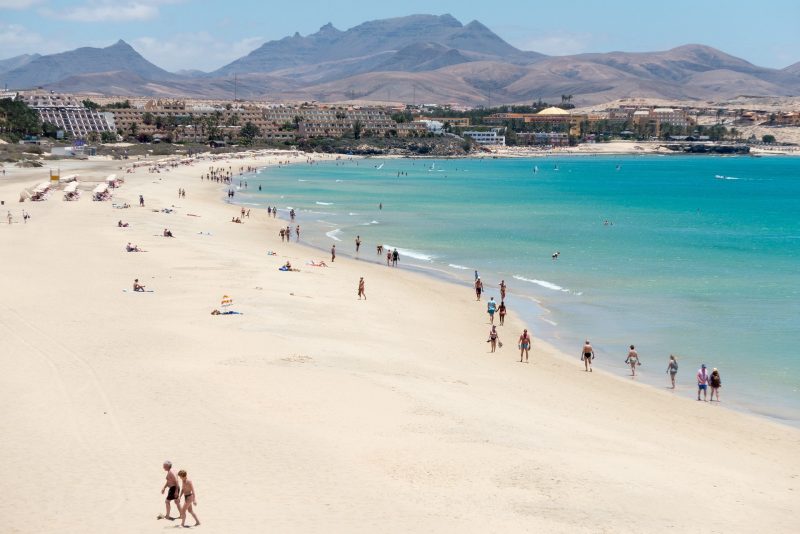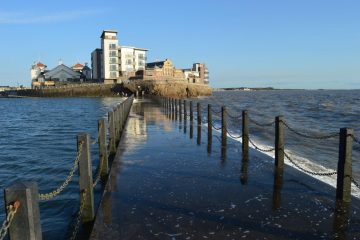Discover the Allure of Fuerteventura: A Gem of the Canary Islands

Introduction to Fuerteventura
Fuerteventura, one of the stunning Canary Islands, is well known for its breathtaking landscapes, pristine beaches, and year-round sunshine. As the oldest island in the group, Fuerteventura boasts a unique blend of cultural and natural beauty, making it a significant travel destination for tourists seeking relaxation and adventure. With its recent rise in popularity, understanding the importance and allure of Fuerteventura has become more relevant than ever to travel enthusiasts.
Geography and Climate
Located in the Atlantic Ocean, Fuerteventura is characterised by its arid landscape, golden sands, and crystal-clear waters. The island stretches over 1,600 square kilometres, featuring a coastline of more than 340 kilometres with some of Europe’s finest beaches, such as Playa de Corralejo and Sotavento Beach. The climate is typically mild, with average temperatures ranging between 20°C to 30°C, making it an ideal year-round holiday destination.
Tourism and Attractions
Tourism is the lifeblood of Fuerteventura’s economy, attracting over 2.5 million visitors per year. Tourists are drawn to the island for its stunning natural beauty, water sports, and rich cultural heritage. Activities such as windsurfing, kitesurfing, and diving are prominent, with several championship events taking place throughout the year. Fuerteventura is also home to several natural parks, including the Corralejo Natural Park, which offers a glimpse into the island’s volcanic landscape and diverse ecosystem.
Additionally, Fuerteventura is steeped in history, with charming towns like Betancuria showcasing the island’s rustic architecture and tradition. Visitors can explore local markets, indulge in traditional Canarian cuisine, and enjoy the vibrant culture through music and dance festivals.
Environmental Considerations
In recent years, environmental awareness has gained traction in Fuerteventura. Efforts to promote sustainable tourism practices have been initiated to protect the island’s unique ecosystems, particularly its beaches and marine life. Initiatives include waste management programs, beach clean-ups, and regulations to preserve local flora and fauna. Tourists and residents alike are encouraged to participate in these efforts, ensuring that Fuerteventura remains a paradise for future generations.
Conclusion
In conclusion, Fuerteventura is more than just a sun-soaked destination; it is a blend of natural beauty, history, and culture. As tourism continues to thrive, the island’s authorities and communities are striving towards sustainable practices, making it an attractive place for visitors who value both adventure and conservation. With plans for improved infrastructure and ecological initiatives on the horizon, Fuerteventura holds the promise of transforming into an even more enticing destination. For anyone planning a trip to the Canary Islands, Fuerteventura remains a significant stop that should not be overlooked.








